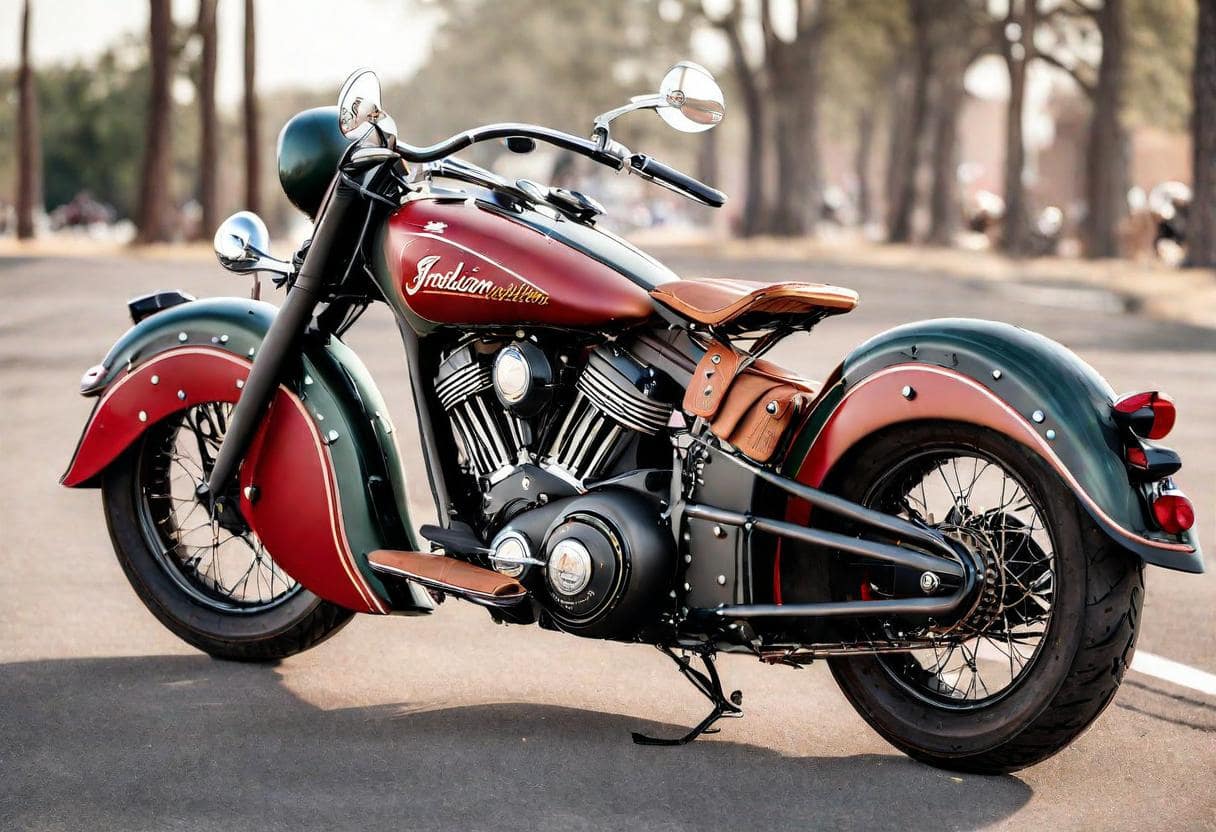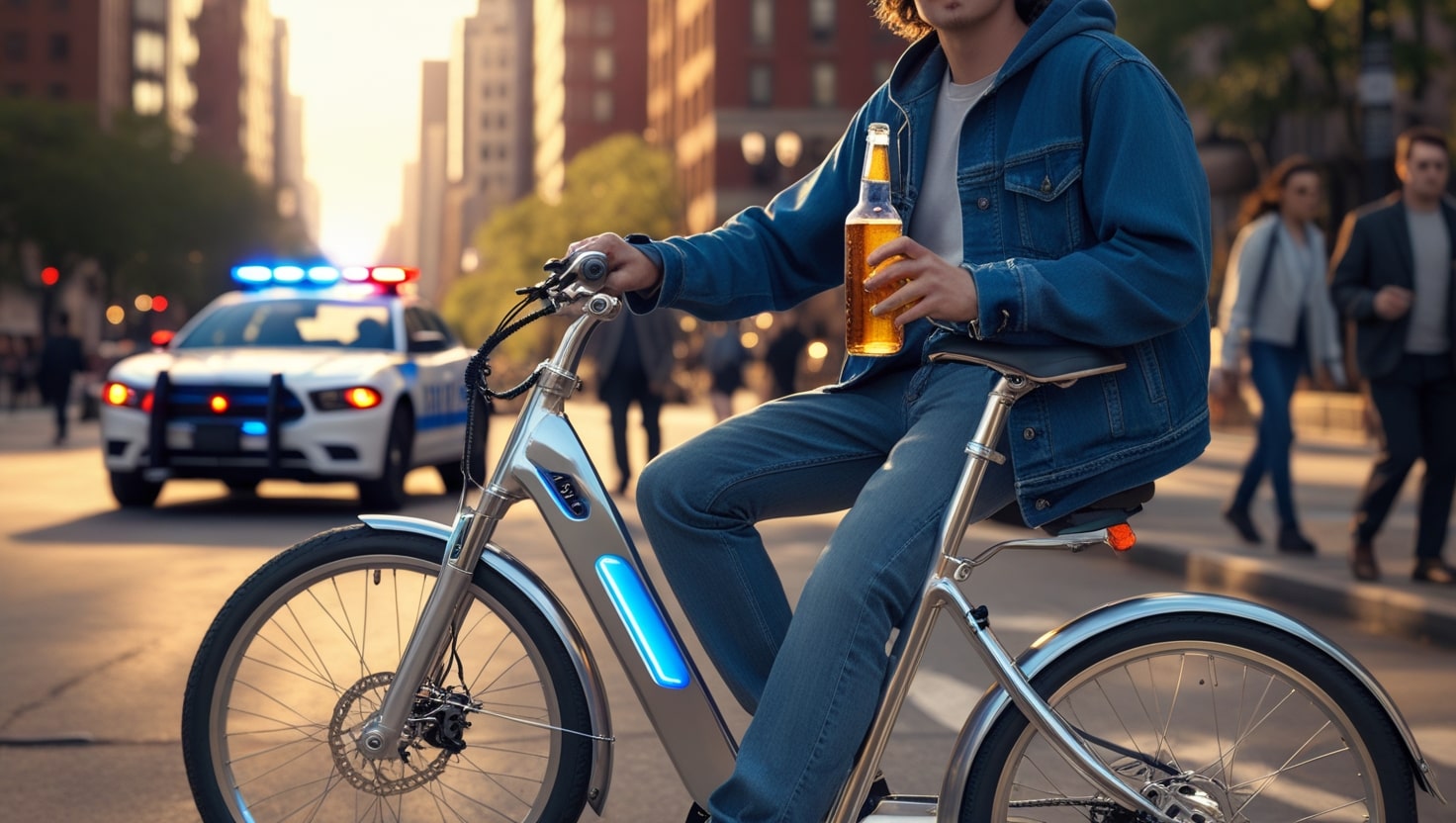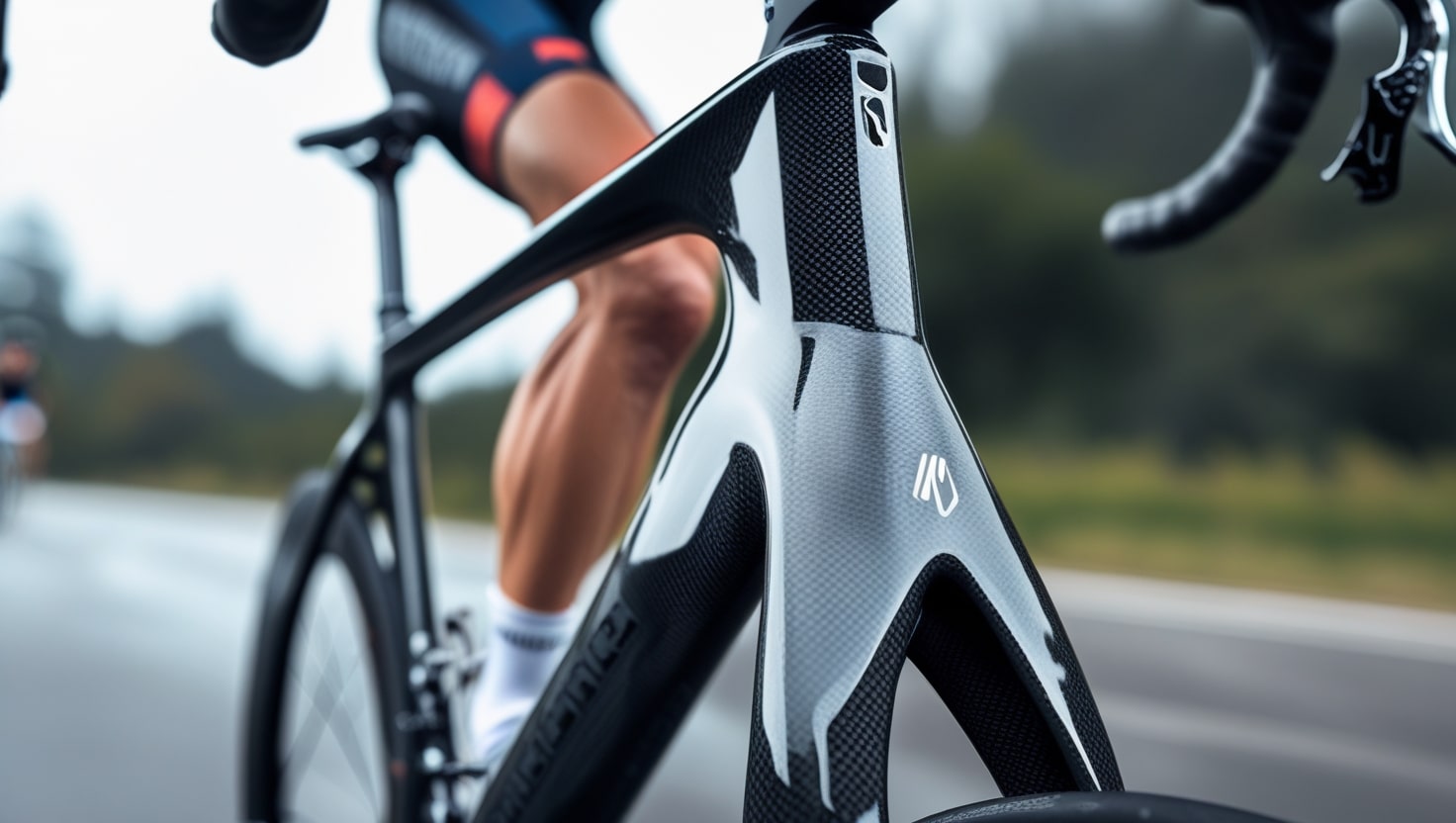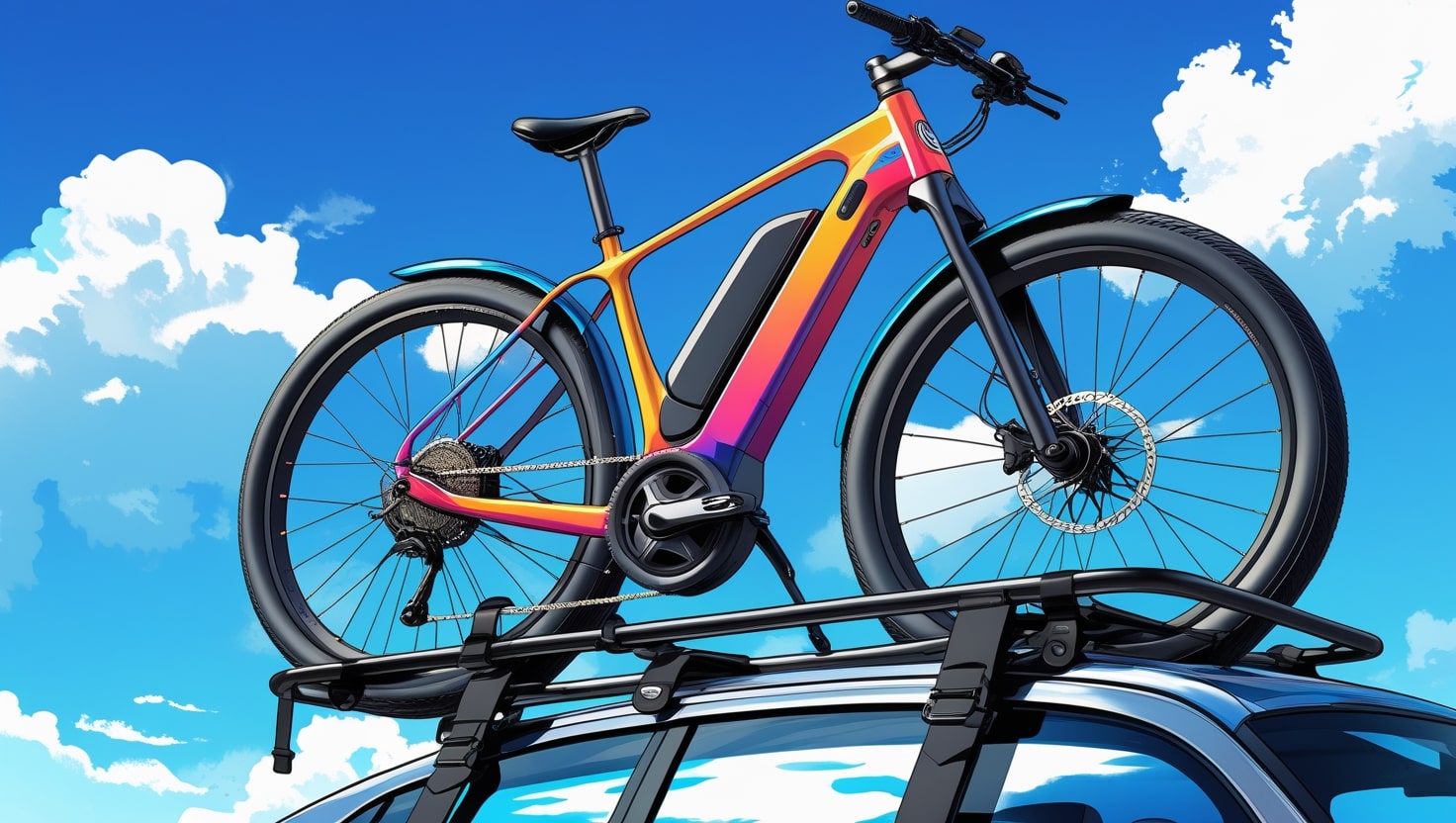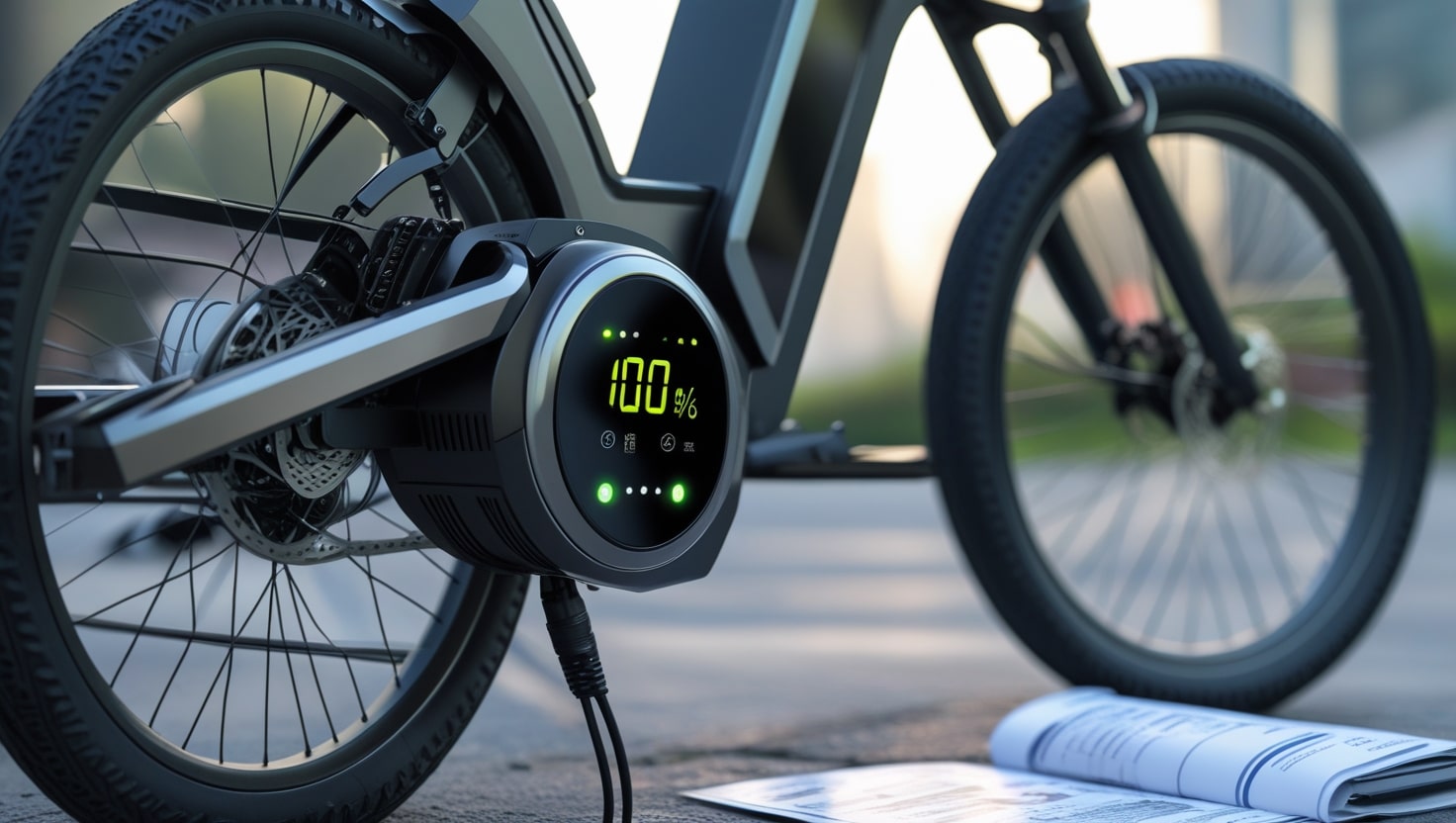If you’ve ever wondered about the Indian Motorcycle and its origins, you’re not alone. This iconic American brand was initially known as Hendee Manufacturing Company, named after its founder, George M. Hendee.
The Indian Motorcycle Company name has a storied legacy spanning over a hundred years. Despite its storied past, you might find it surprising that the brand’s name isn’t as prominent on television or in newspapers today. The question remains: who makes Indian motorcycles now, and does the company still exist? Rest assured, Indian Motorcycle continues to thrive, blending its historic roots with modern innovation.
Related: Can You Lease a Motorcycle?
Who makes Indian Motorcycles: An Overview
The Indian Motorcycle has a remarkable story that feels like a rollercoaster, from its humble beginnings to its significant breakthroughs and pioneering innovation. Despite its share of failures and numerous attempts at revival, the company has made an indelible mark on the motorcycle manufacturing game. Even today, Indian Motorcycle is well-recognized among enthusiasts, with some of its models being considered a rare treasure in the motoring world.
The Early Stages of the company saw it involved in Indian Racing and making a Contribution to WWI. However, the Discontinuation after WWII in 1953 led to a period of uncertainty. Yet, the Fight for Survival resulted in the Return of the brand, ensuring its legacy continues.
Related: What Motorcycle Should I Get
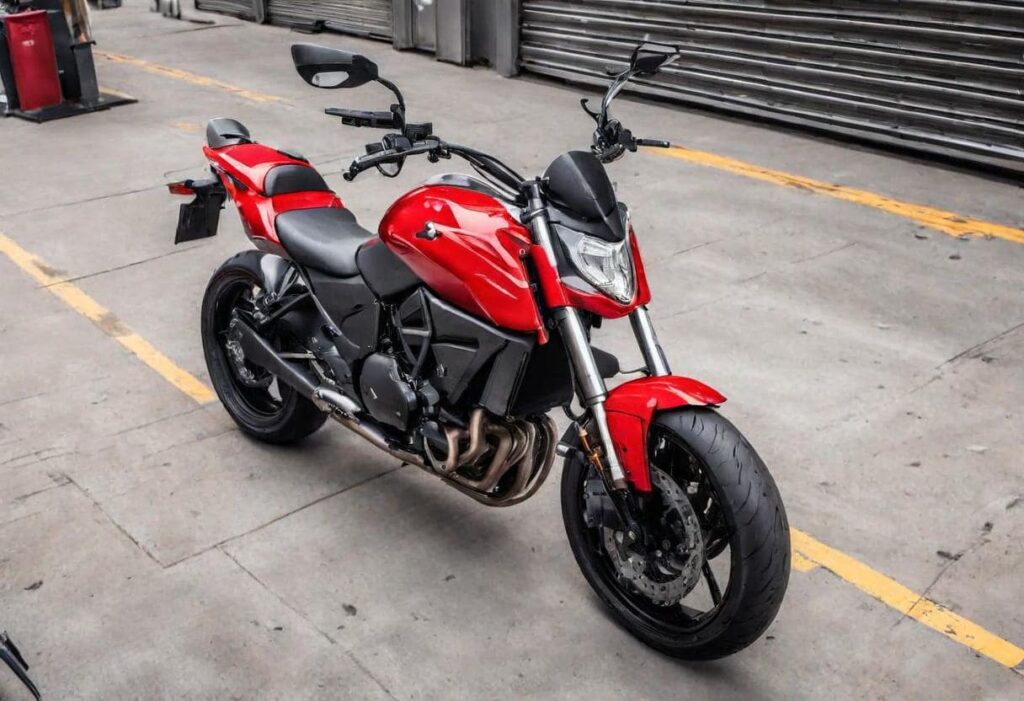
Early Stages
The story of Indian Motorcycle begins in 1897 when George Hendee founded the Hendee Manufacturing Company. Initially known for manufacturing bicycles like the Silver King, the company soon rebranded as American Indian and finally just Indian to appeal to foreign markets. Production continued steadily until Oscar Hedstrom joined in 1900.
Both Hendee and Hedstrom, experienced bicycle riders and manufacturers, decided to reinvent the design of two-wheeled machines. Their work led to a series of prototypes and the creation of a 1.75bhp, single-cylinder engine motorcycle that was a significant hit and boosted sales over the next decade.
Success followed with new diamond-framed single units and Hedstrom setting a world record for the fastest speed at 56 mph. During this period, the company introduced its iconic deep-red paint color, which became a trademark of the brand. These developments marked a time of smooth sailing for the Indian Motorcycle.
Indian Racing
In the second half of the decade, Indian made a significant impact in motorcycle racing by introducing its first V-twin racer. This move was intended to make a bold statement in the racing world and establish a strong name in the racing circle. The brand quickly gained recognition for its record-breaking achievements, thanks to its impressive capabilities and history.
One of the most notable figures in Indian’s racing success was Erwin “Cannon Ball” Baker, a world-renowned rider who set multiple long-distance records. His remarkable ride from San Diego to New York took eleven days, twelve hours, and ten minutes, showcasing the performance and endurance of Indian motorcycles. Over the years, Indian continued to excel in Motorsports, with riders like Jake DeRosier winning over 900 races on Indian bikes.
In addition to Baker and DeRosier, other prominent drivers included Charles Bayly Franklin, Arthur Moorhouse, and Oliver Cyril Godfrey. Despite these successes, co-founder Oscar Hedstrom left the company in 1913 due to disputes with the board of directors over unethical practices related to inflating the stock value. Three years later, George Hendee also exited the company, marking a significant shift in its history.
Related: What Goes On at Sturgis Bike Rally
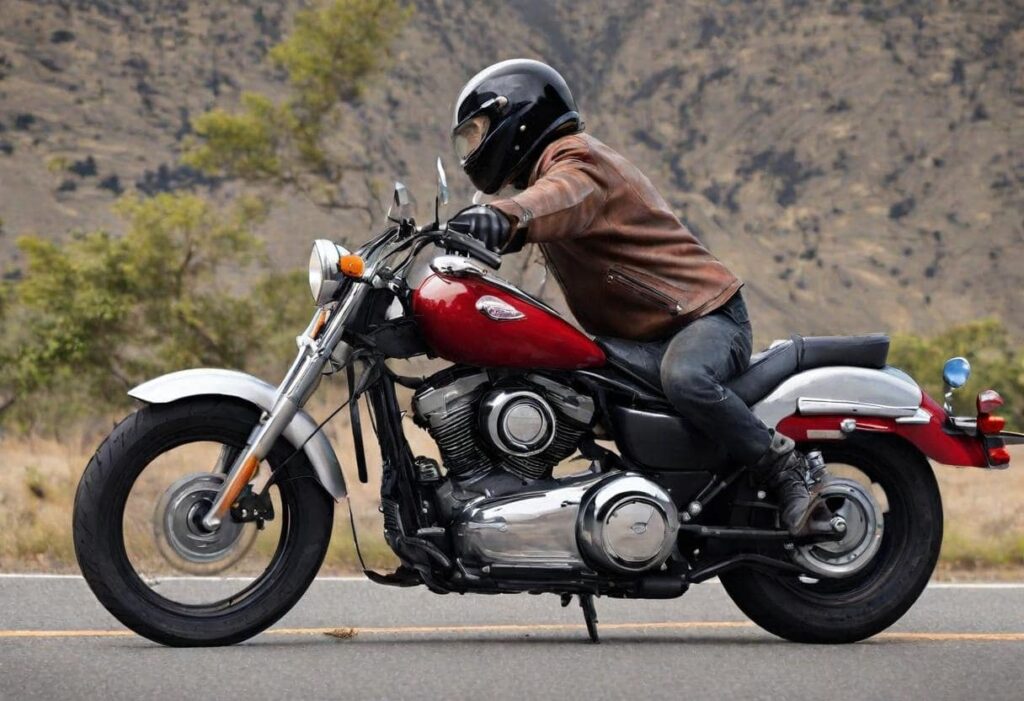
Contribution To WWI
During World War I, Indian concentrated on producing its Powerplus line for the US Army, rather than supplying its domestic dealers. This significant decision to focus on military contracts over domestic distribution had long-term effects on Indian Motorcycle. The company’s shift in focus incentivized dealers to work with other manufacturers, which led to Indian losing its number one spot to its competitor, Harley-Davidson. Despite this, Indian continued to produce notable new motorcycles like the Chief and the Scout, with the latter becoming an important model for the brand.
Discontinuation After WWII: 1953
After World War II, Indian faced a decline in popularity. During this period, their flagship bikes, such as the Chief and Scout, were produced in small numbers. This was largely because the US Army had shifted to Harleys. In 1945, Ralph B. Rogers took over the operations of Indian and decided to resume production of the Chief model. However, this model was discontinued just three years later.
Under Rogers, the company tried to innovate by producing lightweight models like the Arrow and the 249 Scout. In 1950, they even reintroduced the Chief, but Ralph B. Rogers eventually stepped down as CEO. His replacement, John Brockhouse, could not turn things around, and product manufacturing came to a complete halt in 1953.
Related: How to Start a Motorcycle Club
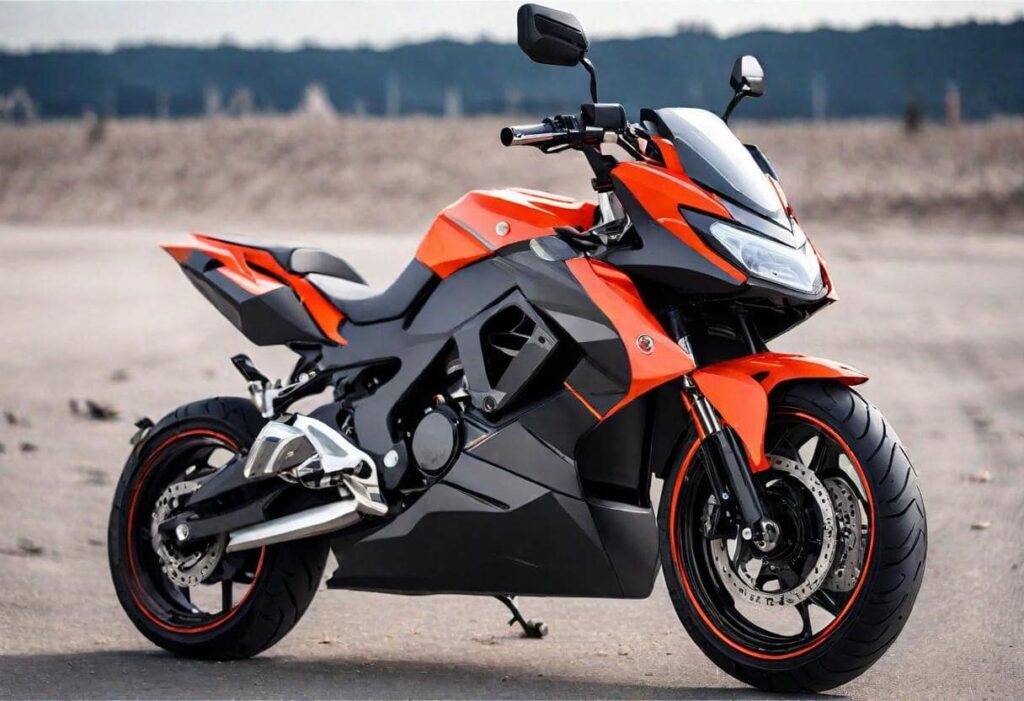
The Fight For Survival
Throughout the 19th century, Indian Co. faced a constant battle for success as it changed hands between various companies. During this time, the brand was often seen as unrefined, producing everything from mopeds to modified Royal Enfields. The brand’s timeline of acquisitions reflects its turbulent history:
- Brockhouse Engineering (1953–1960)
- Associated Motor Cycles (1960–1963)
- Floyd Clymer (1963–1970)
- Alan Newman Ownership (1970–1977)
- American Moped Associates & DMCA (1977–1984)
- Indian Motorcycle Company of America (1999–2003)
In 2006, Indian Motorcycle Company was revived with majority ownership held by Stellican Limited. During this revival, the Indian Chief was reintroduced in limited numbers, making it an exclusive purchase.
Related: How Heavy is a Motorcycle?
The Return Of Indian Motorcycle
In April 2011, Indian Motorcycle was revived with the acquisition of Polaris Industries. Production was shifted to Spirit Lake, Iowa, and by August 2013, the market saw the launch of new and improved Indian Models. Today, the brand focuses on a luxury and high-performance niche, boasting over sixteen models since the Polaris acquisition.
Conclusion
Indian motorcycles are now under the ownership of Polaris Industries, which has given this storied American brand a new lease on life. Today, Indian Motorcycle continues to produce various models, including the iconic Scout and Chief, which have received modern-day interpretations. This revitalization has helped preserve the legacy of these classic motorcycles while adapting them for contemporary riders.
FAQs
Who makes Indian motorcycles now?
Indian motorcycles are currently produced by Polaris Industries, an American company that revitalized the brand in 2011. They moved Indian Motorcycle production to Spirit Lake, Iowa, and introduced new models like the Scout and Chief in 2013. These bikes now cater to a luxury, high-performance niche, with modern-day versions of classic designs.
Are Indian motorcycles 100% American made?
Indian motorcycles are not entirely American-made. While the brand is now owned by Polaris Industries, the production is managed in Spirit Lake, Iowa, reflecting a strong American presence. However, some components are sourced internationally, making the bikes a blend of American craftsmanship and global resources.
Is Indian motorcycles owned by Harley Davidson?
Indian Motorcycles is not owned by Harley-Davidson. Instead, it is under the ownership of Polaris Industries, which acquired the brand in 2011. While both brands are key players in the motorcycle industry, Harley-Davidson and Indian Motorcycles operate independently, each with their own unique heritage and model lineup.
Why did Indian motorcycles go out of business?
Indian Motorcycles faced business challenges due to competition and strategic missteps. The brand struggled with production issues and market shifts, leading to declining sales. Additionally, financial difficulties and management changes further impacted the company’s ability to compete effectively, contributing to its eventual decline. Despite the challenges, Indian Motorcycles remains a respected name in the industry today.
Was Harley or Indian first?
Indian Motorcycles was founded before Harley-Davidson. Indian started in 1901, while Harley-Davidson began in 1903. Indian was the first to produce motorcycles, setting a precedent in the industry. Both brands have rich histories, but Indian holds the title of being the earlier pioneer in motorcycle manufacturing.
What was made first Indian or Harley?
Indian Motorcycles was established first, debuting in 1901. In contrast, Harley-Davidson was founded a bit later, in 1903. This makes Indian the earlier of the two brands, setting the stage for its long history in motorcycle manufacturing.

